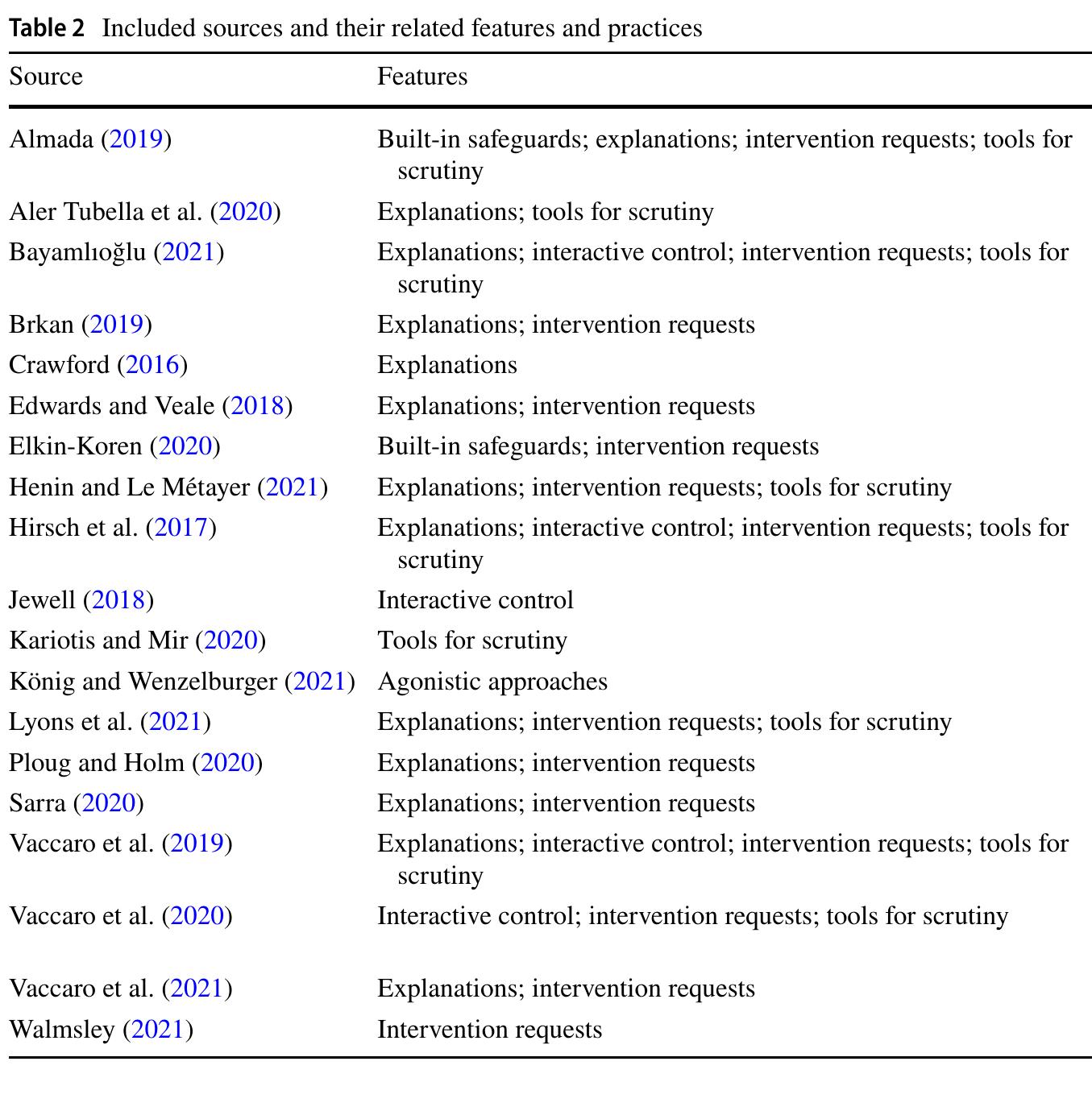Key research themes
1. How does automation and human collaboration influence dynamic decision-making responsibility and outcomes?
This area investigates the interaction between human decision makers and automated or AI-driven systems in dynamic, non-static decision-making contexts. These studies focus on quantifying how automation affects human influence and causal responsibility over time, often with implications for the design of supervisory systems and trust in human-automation teams. Understanding the dynamics of influence aids in assessing when automation should support versus override human decisions, with considerations for sensitivity, detection capability, and human adaptability.
2. What are the frameworks and architectural considerations for intelligent decision-making support systems (i-DMSS) in organizational contexts?
This research stream explores foundational and integrative design frameworks underpinning intelligent computerized systems that aid or automate decision-making in organizations. It includes the evolution of decision support paradigms, system architectures combining data, knowledge, and human factors, and examines the computational mechanisms needed to effectively support complex, adaptive organizational decisions. These frameworks are crucial to bridging cognitive models and computational implementation for practical and scalable i-DMSS.
3. How can decision-theoretic goal models and machine learning enhance decision-making under uncertainty and dynamic environments?
Focused on modeling and reasoning with probabilistic and utility-aware goal representations, this theme explores approaches to capture uncertainty, preferences, and dynamic context evolution in decision processes. Decision-theoretic goal models extend traditional requirement engineering by incorporating probabilities and utilities, enabling automated reasoning to identify optimal action plans. Complementing this, machine learning-driven rule evolution supports decision adaptation in dynamic environments, enhancing responsiveness and reducing human effort.





